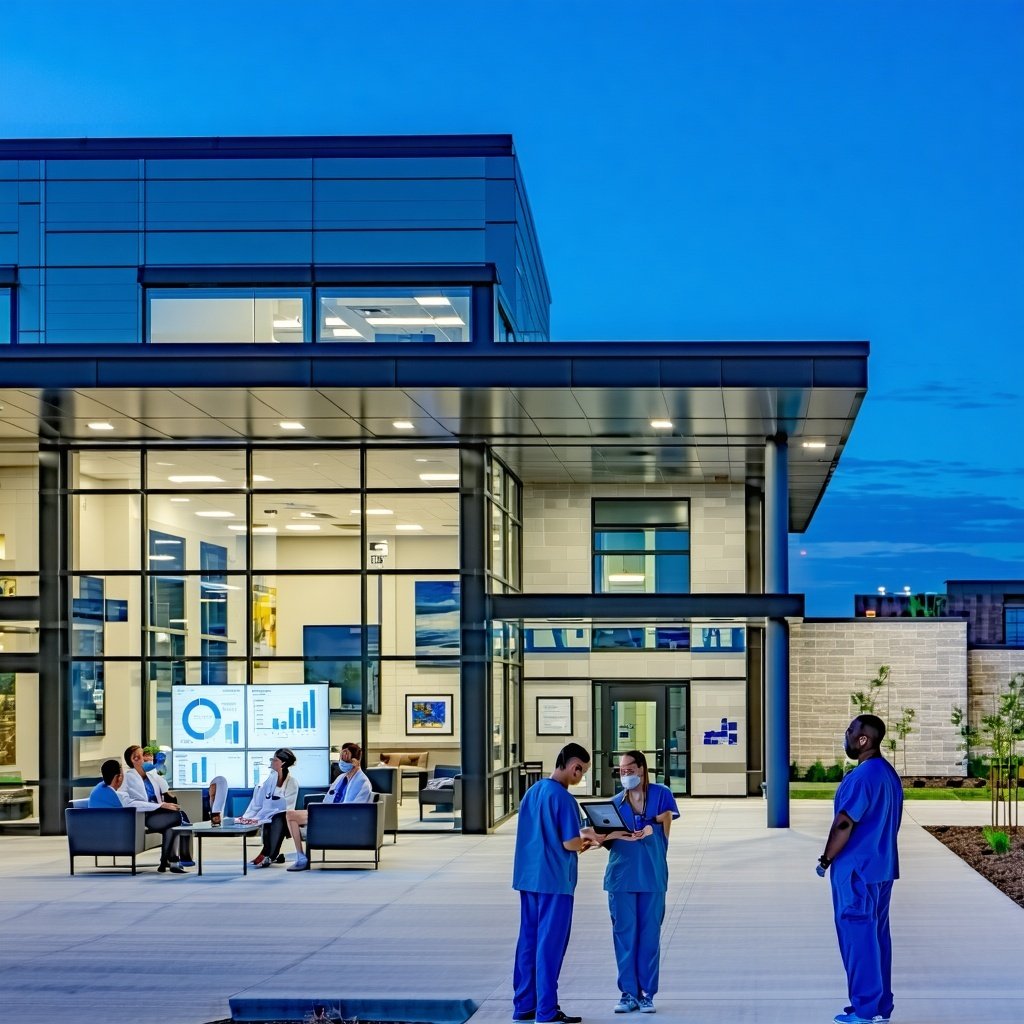IT Challenges for Medical Facilities in Austin
Austin’s healthcare industry is booming—with hospitals, private practices, and urgent care centers expanding across the metro area and into surrounding cities like Round Rock, Cedar Park, and Pflugerville. But with growth comes complexity, especially when it comes to IT. For medical facilities in Austin, managing technology isn’t just about uptime—it’s about compliance, security, and patient trust.
Here are the most common IT challenges facing medical facilities in Central Texas—and how partnering with a local MSP (Managed Service Provider) can help solve them.
1. HIPAA Compliance Gaps
Medical practices in Austin are under constant pressure to maintain HIPAA compliance, yet many lack the in-house resources to keep up with evolving requirements. Whether it's encrypted email, secure access controls, or proper documentation, falling short could mean hefty fines.
Solution:
An experienced MSP can provide HIPAA-ready solutions including data encryption, audit logs, secure file sharing, and compliance assessments—ensuring your practice avoids penalties and protects patient data.
2. Outdated Infrastructure
Outdated hardware and software slow down operations, create security vulnerabilities, and frustrate staff. Many clinics still run on aging PCs, legacy EMR systems, or unpatched networks.
Solution:
Modernizing your tech stack doesn’t have to be disruptive. MSPs can help you upgrade gradually—with cloud-based EMR hosting, VOIP systems, and scalable network infrastructure designed specifically for healthcare workflows.
3. Cybersecurity Threats Are on the Rise
Ransomware attacks targeting healthcare providers have surged in recent years. One breach can lock down patient records, delay treatments, and severely damage a facility’s reputation.
Solution:
Proactive cybersecurity services like endpoint detection and response (EDR), 24/7 monitoring, and intrusion prevention systems (IPS) can block threats before they cause harm. Local MSPs can also implement regular vulnerability scans and staff training to stay ahead of attackers.
4. Lack of In-House IT Support
Small- to mid-sized practices often rely on a single IT person—if any at all. When something breaks, staff are left scrambling, and downtime can cost thousands per hour in missed appointments and lost productivity.
Solution:
Outsourcing IT to a managed services partner gives you access to a full team of IT experts. From remote helpdesk support to onsite troubleshooting and strategic planning, an MSP ensures your tech just works—so you can focus on patient care.
5. Scaling Operations Across Locations
As Austin’s population grows, so do healthcare practices. But opening new locations—or even adding remote telehealth services—requires reliable connectivity, data integration, and security policies that scale.
Solution:
A skilled MSP can help centralize your IT systems, implement secure site-to-site networking, and deploy scalable cloud infrastructure that supports your expansion while keeping everything secure and compliant.
Why Work with a Local Austin MSP?
Working with a Texas-based MSP means faster onsite support, better understanding of local healthcare regulations, and a partner who knows the regional landscape. Whether you're a family practice in Kyle or a specialist clinic in Georgetown, a local provider can tailor solutions to your specific needs.
Conclusion
IT challenges don’t have to slow your practice down. With the right technology partner, your medical facility can become more secure, efficient, and compliant—ready to meet the needs of patients across Austin and beyond.
Looking for an IT partner in Austin who understands healthcare?
[Contact us today] to schedule a free IT consultation tailored to your medical facility’s needs.
.png?width=150&height=66&name=logo_ae_tech_2-(1).png)
.png?width=200&height=66&name=logo_ae_tech_2-(1).png)

Comments